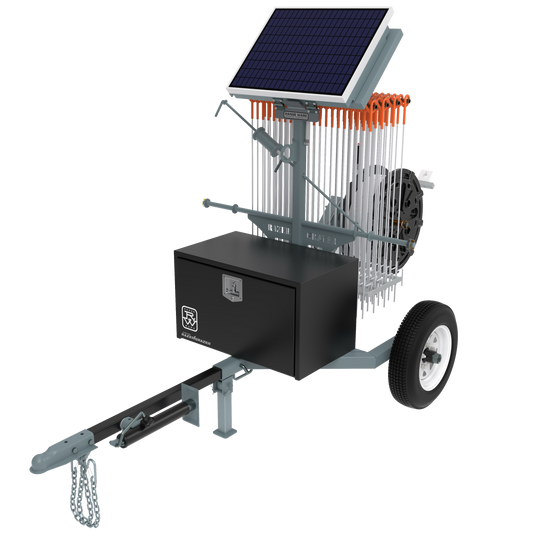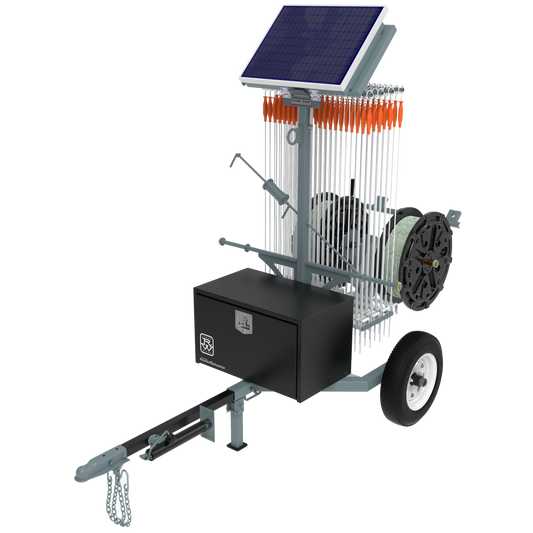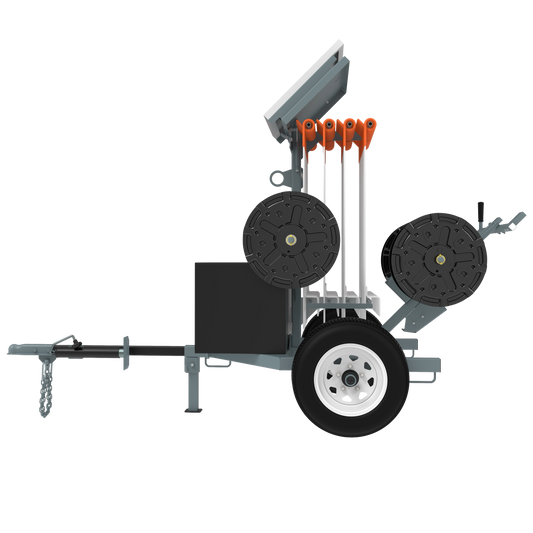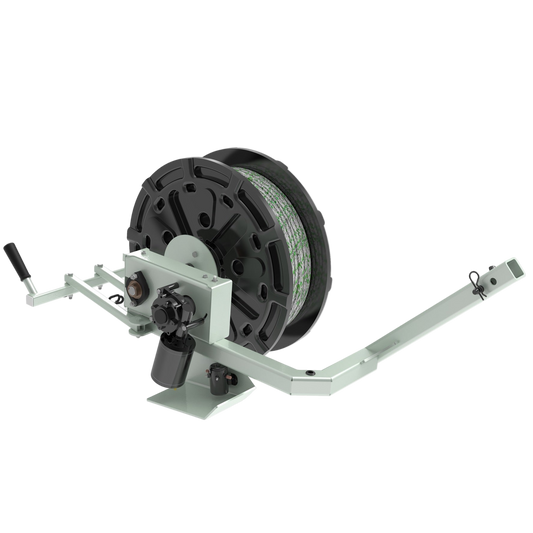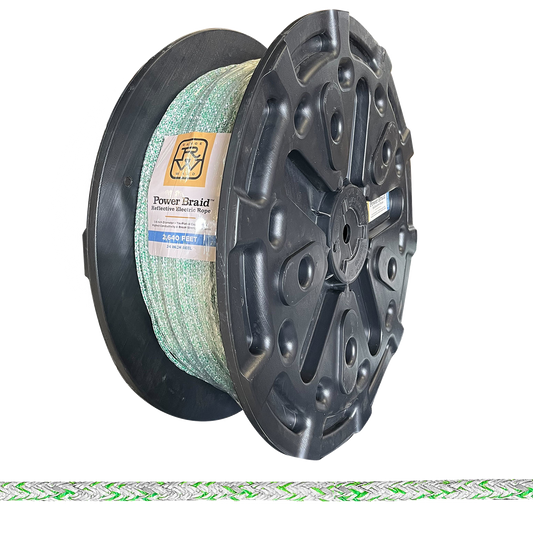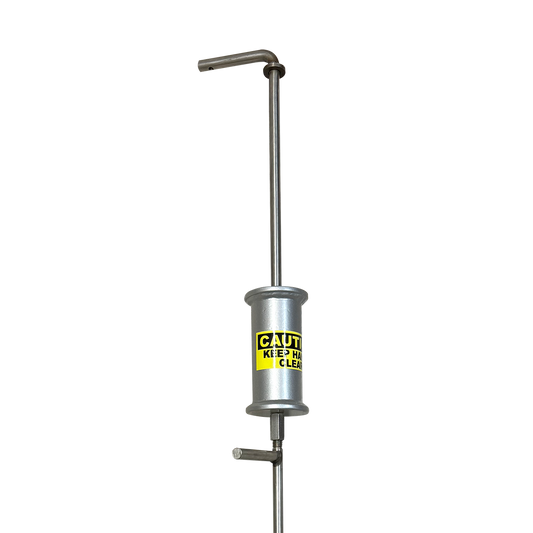-
Power Grazer™
Vendor:Range WardRegular price $14,749.00 USDRegular price$0.00 USDSale price $14,749.00 USD -
Razer Grazer™
Vendor:Range WardRegular price $8,499.00 USDRegular price$0.00 USDSale price $8,499.00 USD -
Bison Razer Grazer™
Vendor:Range WardRegular price $10,499.00 USDRegular price$0.00 USDSale price $10,499.00 USD -
Razer Grazer™ Power Shepherd Edition
Vendor:Range WardRegular price $9,599.00 USDRegular price$0.00 USDSale price $9,599.00 USD -
The Power Arm™
Vendor:Range WardRegular price From $2,995.00 USDRegular price$0.00 USDSale price From $2,995.00 USDThe Power Arm™
Regular price From $2,995.00 USDRegular price$0.00 USDSale price From $2,995.00 USDThe Power Arm™
Regular price From $2,995.00 USDRegular price$0.00 USDSale price From $2,995.00 USD -
Power Braid™ Electric Rope
Vendor:Range WardRegular price $595.00 USDRegular price$0.00 USDSale price $595.00 USD -
Power Hammer™ Ground Rod
Vendor:Range WardRegular price $149.00 USDRegular price$0.00 USDSale price $149.00 USD


